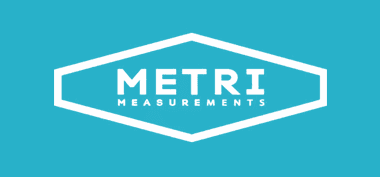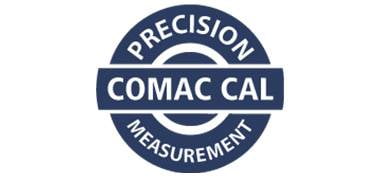Buoyancy / Float Level Sensors
Principles of Operation
The float in a buoyancy level sensor is less dense than the medium being measured, therefore floating on top of it, rising and falling with the medium level. The sensor then employs mechanical or magnetic methods to communicate level.
Advantages of Buoyancy | Float Level Sensors
- Relatively low cost
- Can be fitted in confined spaces
- Can be made from a variety of materials to withstand aggressive materials ands harsh environments
- Easy to maintain
Limitations of Buoyancy | Float Level Sensors
- Can only be used with non-fouling, clean fluids
- May have a delayed signal
Need Advice About Buoyancy/ Float Level Sensors?
iCenta is a instrumentation and control solution specialist with experience in control technologies for diverse applications, fluid types and process conditions. Call iCenta now for advice, sales & technical information on 01722 439 880.













